Berries are known for being the tasty and healthy sweet fruit bursting with vitamins and minerals. But what are some low histamine berries to enjoy?
We can choose from so many different options to make our breakfast and dessert recipes, with blueberries being just one tasty idea. Read on to discover lots of low histamine recipes that make the most of sweet berries below!
Have a read of my low histamine herbs and spices guide for more flavorful food ideas!
This post is for informational purposes only and does not constitute medical or dietetic advice in any way. Always consult with a dietician for your dietary needs.
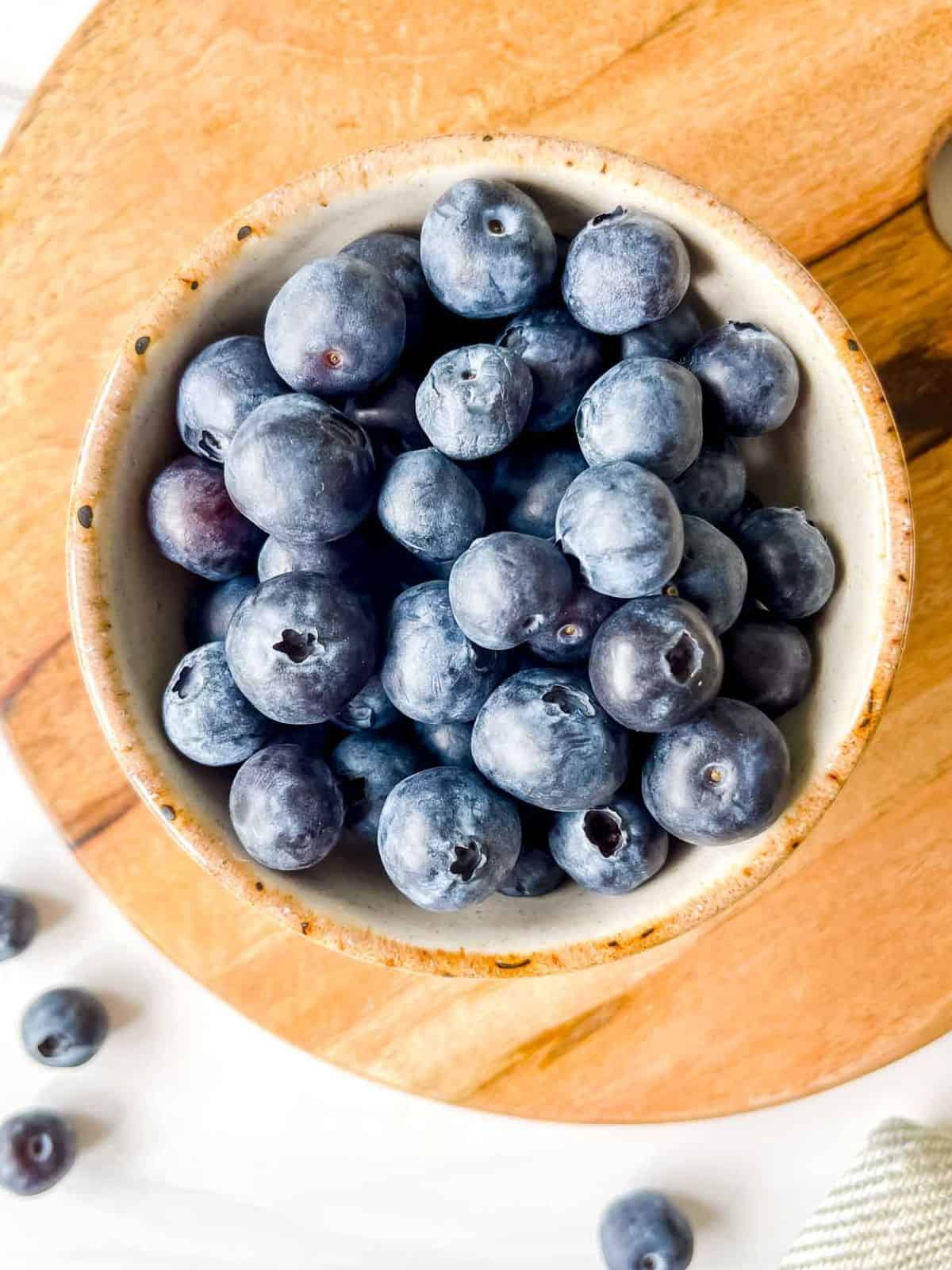
Jump to:
- How to Buy Low Histamine Berries
- Dried Fruits
- Personal Sensitivities
- Low Histamine Berries and Recipes
- Blueberries
- Blackberries
- Blackcurrants
- Redcurrants
- Gooseberries
- Cranberries
- Goji Berries
- Grapes
- Lingonberry
- Jostaberry
- Berries with Debated Histamine Levels
- Raspberries
- High Histamine Berries
- Strawberries
- Other Berries
- Frequently Asked Questions
- More Low Histamine Resources
- 💬 Comments
When we think of low histamine berries, I think blueberries spring to mind first for many of us! Yet there are so many other anti-inflammatory berries to pick from (see the joke, pick, from bushes, no?!) that are so delicious.
Berries are a nutritious food to add to both sweet and savory dishes. As Healthline describes in their overview of berries, they contain antioxidants, are a good source of fiber and are high in vitamin C and manganese.
While berries are often paired with low histamine seeds and nuts to make breakfast recipes or for a snack, you can also use fruit in savory cooking to make sauces, salad dressings and to top cheeses in sandwiches or on rice cakes.
How to Buy Low Histamine Berries
When it comes to a low histamine diet, the freshness of our food is so important. If you can pick your low histamine fruits straight from the bush or tree then that's as fresh as you can get. You will want to wash them first though!
Fresh berries
Fresh berries can also be bought from the store of course, and you want to look for unbruised produce that doesn't have that 'older' wrinkled look to it or is going overly soft. As the Swiss Interest Group Histamine Intolerance notes in their overview of fruit, be 'wary of overripe fruit, dented areas, or mold'.
Frozen fruit
Another option, and one that is good for the winter months when fresh berries are either unobtainable or very expensive, is to use frozen berries. Using frozen fruit is also ideal when making low histamine diet recipes as we can simply pick the amount we need from the freezer rather than worrying that fresh fruit will go bad.
If you're purchasing a bag of mixed frozen berries, do check the ingredients as they often include strawberries which are typically understood to be higher histamine.
Dried Fruits
Dried fruit appears to be a rather debated area for those with histamine intolerance and MCAS (mast cell activation syndrome). The challenge appears to be due to the nature of the preserving process. As the SIGHI describe, 'dried fruits (which have been preserved by slow drying) are generally also sufficiently well tolerated'. However, the process overall is problematic as 'most dried fruit is sulfurized or preserved with other incompatible preservatives or antioxidants'.
Personal Sensitivities
We are all different in our food sensitivities and many of us have food intolerances, or allergies. Two things to be mindful of, as the SIGHI describe, are personal sensitivities to salicylates and fructose intolerance or fructose malabsorption. Both will impact upon the amount and type of fruit you can consume and seeing a dietician is always best.
Low Histamine Berries and Recipes
Let's talk about all the delicious berries that score as low histamine on the SIGHI list and share some recipes to make the most of them!
Blueberries
Blueberries are small purple berries that can usually be found year-round in stores, or you can grow your own wild blueberries if you like! They are sweet without being overly sugary in taste.
In their overview of blueberries, BBC Good Food describes that this berry has one of the highest antioxidants in commonly consumed fruits and vegetables, may help regulate blood sugar and are a good source of fiber.
Perhaps you would like to add a handful of blueberries to your morning oatmeal, make a blueberry chia pudding, my fun blueberry mocktail recipe or just enjoy as a snack as they are. You can also make savory dishes with this berry though, such as my blueberry chicken recipe!
Some low histamine blueberry recipes to try out:
Blackberries
A little sweeter than blueberries with a slight tartness, blackberries are a flavorful low histamine berry to enjoy during the fall months. We often pick them from the hedgerows where they are freely available where I live and freeze for later!
Blackberries are described by the Cleveland Clinic as being a good source of vitamin C, vitamin K and manganese, as well as polyphenols.
There are lots of sweet treats that focus on blackberries to enjoy! You may like to try a blackberry blueberry smoothie, blackberry cookies or a blackberry mocktail recipe.
More low histamine blackberry recipes to enjoy:
Blackcurrants
Blackcurrants are small dark purple berries that have a sweet tart taste. Personally I don't like to eat blackcurrants alone as the flavor is a little too much! But they add a nice tangy sweetness alongside other berries when cooked in oatmeal.
As this berry has a shorter season during the summer, it's often easier to buy frozen blackcurrants. It's also more affordable to buy frozen berries! While less common in some areas of the United States, us Brits use a fair amount of blackcurrants, especially in drinks such as my blackcurrant mocktail or perhaps my frozen berry overnight oats.
In terms of health benefits, the overview of blackcurrants by Healthline describes that they are a good source of vitamin C, antioxidants and polyphemols, amongst other nutrients.
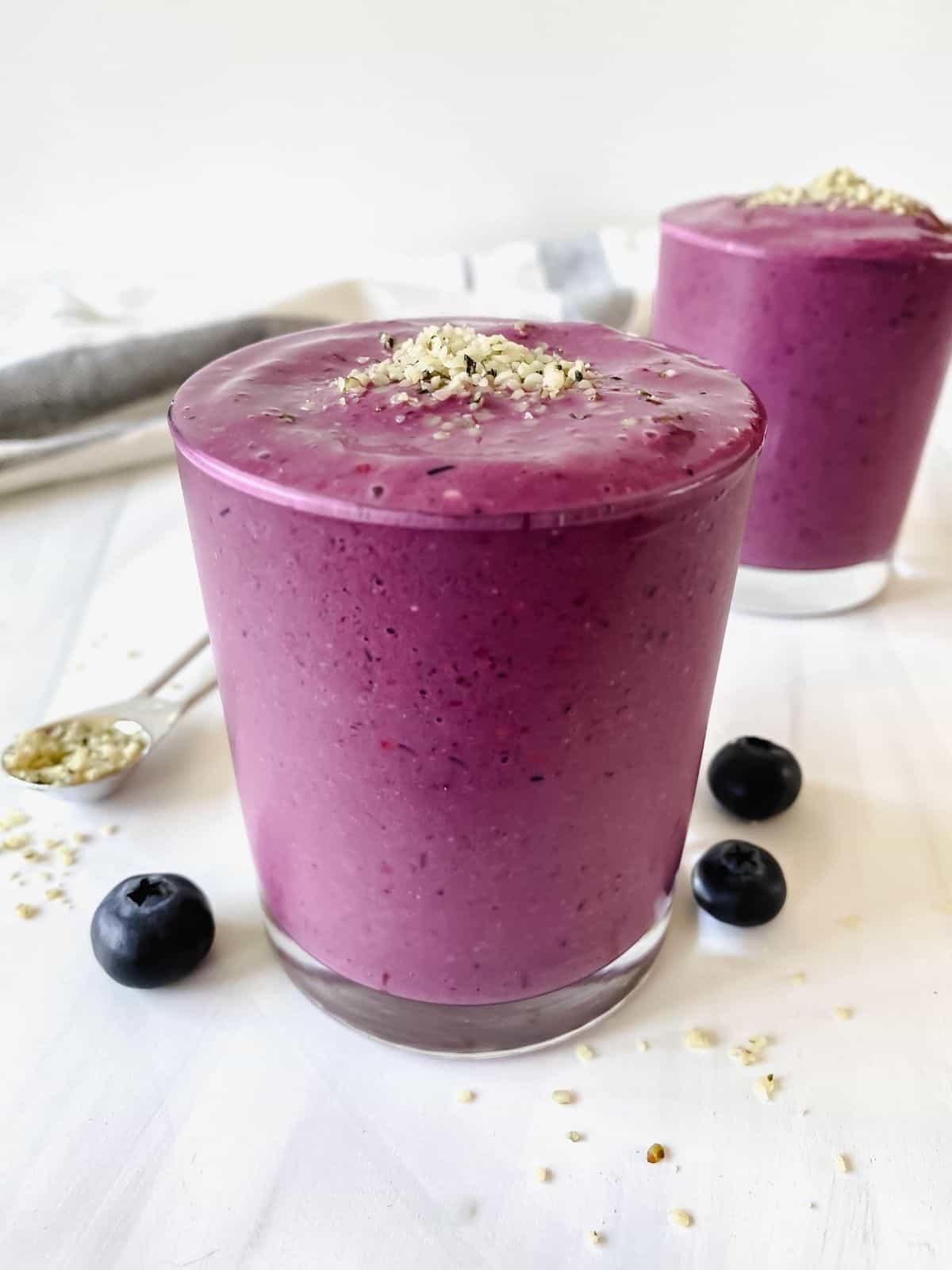
Redcurrants
Bright red and oh-so-pretty, redcurrants have a tangy tart sweetness. It's fairly easy to grow your own redcurrants and there are many fields near me where they do, or you can go to a pick-your-own farm which is more fun than a store!
Redcurrants are a little too tart for me to eat as they are, but often come in bags of mixed frozen berries that are perfect for adding to oatmeal or to top desserts.
Gooseberries
Personally I haven't eaten a gooseberry in quite some time, but they do score as low histamine on the SIGHI list, so I need to give them a try! Gooseberries are a larger light green berry that are a little harder to find in the store than other berries, but are usually found during the summer months.
Raw gooseberries are a little too tart to be eaten as they are, and so are typically used in cooking or drinks with a little (or lot!) of sugar to balance the flavors.
In their overview of the health benefits of gooseberries, Healthline describes that this berry is a good source of fiber, copper, manganese, potassium, and vitamins C, B5 and B6.
Cranberries
Cranberries rate as low histamine on the SIGHI list, but I do want to note that a couple of readers have said they have been advised not to eat them. It's always best to check with your dietician as to the foods suitable for you.
It is of course the case that cranberries are most associated with holiday recipes and cranberry sauce in particular! But there are lots of ways to use cranberries such as in oatmeal, or for desserts.
Some cranberry recipes to try:
Goji Berries
Goji berries are small bright red berries, that are most often bought in stores as dried berries. Those dried berries are wrinkled in appearance. You can also purchase goji berry powder or capsules. Sweet and sour in flavor, have a read of my post on the taste of goji berries for more details!
The SIGHI list for histamine rates goji berries as '0' on their list, so as low histamine. However, it is unclear whether this refers to fresh berries only or also includes dried berries.
Also known as wolfberries, goji berries are a good source of fiber, iron and vitamins A and C (Healthline). It should be noted that goji berries can impact upon certain medications, so check with a doctor or dietician before use.
Grapes
Grapes are technically a berry, with the most common types being red and green grapes. While SIGHI and other lists rate grapes as low histamine, there are some sites that suggest they are higher histamine.
Lingonberry
Lingonberries (also called cowberries) aren't a very common berry, or at least where I live. But they are low histamine on SIGHI, so I guess I need to track some down!
Small red and very tart, lingonberries are on the sour side and are similar to cranberries in their taste and texture.
Jostaberry
I'll be honest and say that I hadn't ever heard of a jostaberry before I read the SIGHI list! I've never seen it in stores, in recipes or on a restaurant menu . . .
The SIGHI list tells me that it is a hybrid between the gooseberry and blackcurrant. A little look online shows it to be dark purple, and similar to red grapes in appearance.
Berries with Debated Histamine Levels
Raspberries
Raspberries seem to be very debated in terms of their histamine levels. The SIGHI list rates them as '2' on their scale of 0-3, so as higher histamine. However, other sites rate raspberries as low histamine (such as the FIG app). Personally, I'm fine with a small amount, but we are all different.
In terms of nutrition, the overview of raspberries by BBC Good Food describes that this berry has a low glycaemic index and high fiber content, and is a good source of vitamin C.
If raspberries work for you, then perhaps you would like to try my raspberry blueberry smoothie as a tasty treat!
High Histamine Berries
As well as lower histamine berries, there is of course one to avoid!
Strawberries
Strawberries are almost infamous for being a high histamine fruit. They score as '2' so higher histamine on the SIGHI list, as well as being a liberator of histamine.
Other Berries
There are other berries listed on the SIGHI list, but they are not given a score for histamine and just have a ? next to them. These are: boysenberry, loganberry and mulberry. There are also acai berries, which are not mentioned.
Frequently Asked Questions
Blueberries are rated as low histamine on the SIGHI list and can be used in both sweet and savory low histamine cooking.
Raspberries are debated in terms of their histamine content, with some sources rating them as high histamine, others as lower histamine.
Blackberries are low histamine on the SIGHI list.
Strawberries rate as high histamine on the SIGHI list, and as a liberator of histamine.
More Low Histamine Resources
Whether you're looking for some low histamine diet tea ideas, tasty low histamine diet chicken recipes or a low histamine cheese list, there are so many guides on my low histamine resources page. Some more posts to check out:
I'm always in the kitchen, so come join me on Instagram, Facebook and Pinterest to be the first to hear about new low histamine recipes and resources!
Don't forget to pin the post!
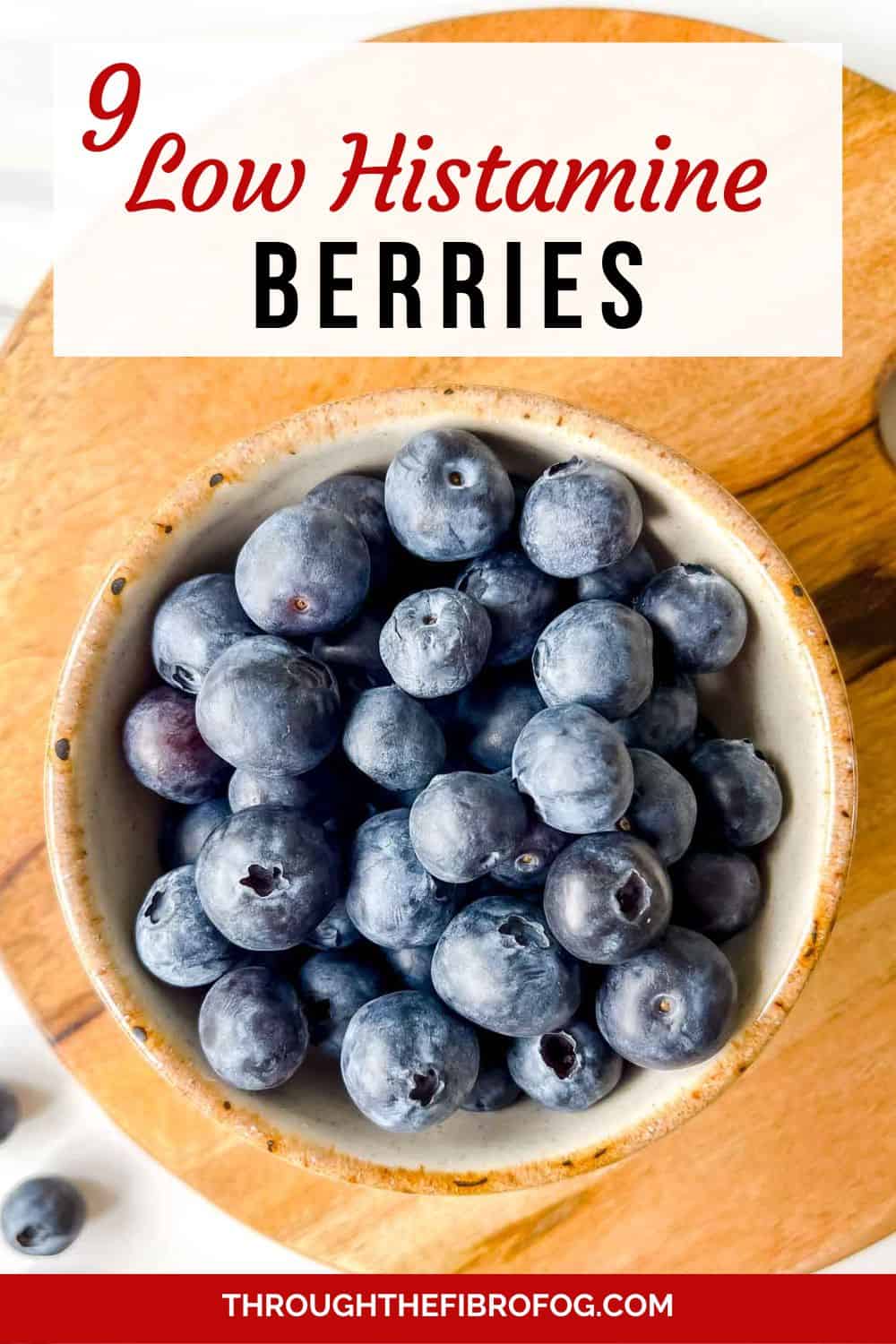

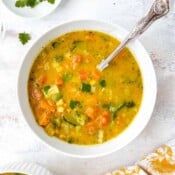
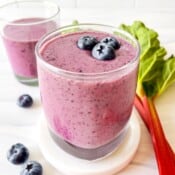
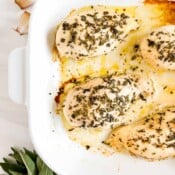
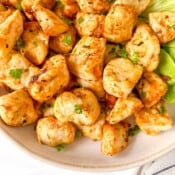
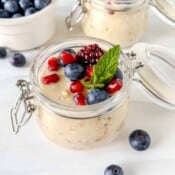
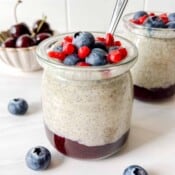
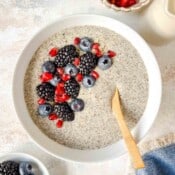

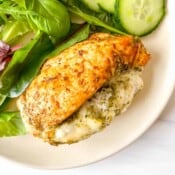
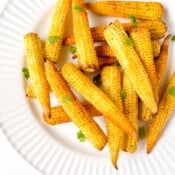
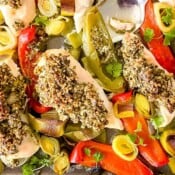
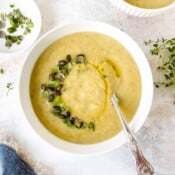
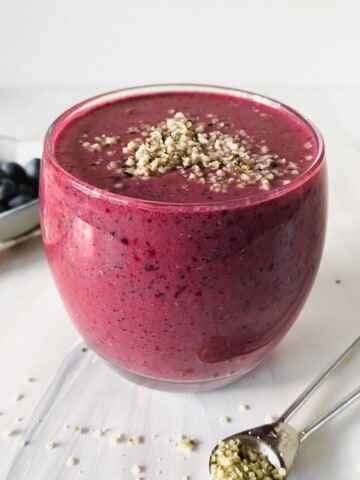
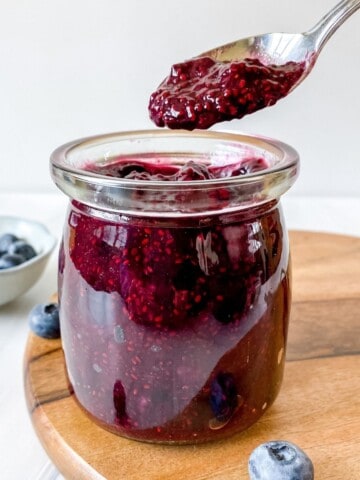
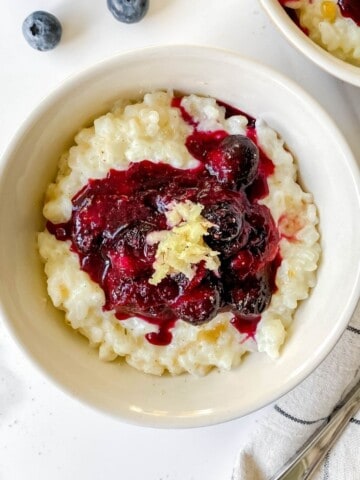
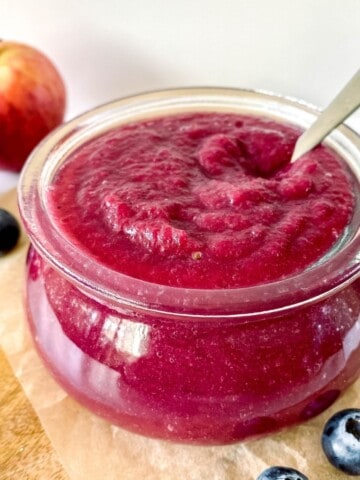
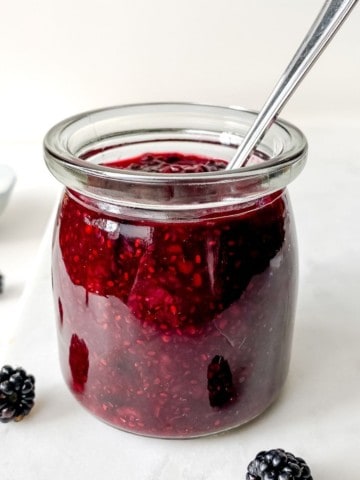
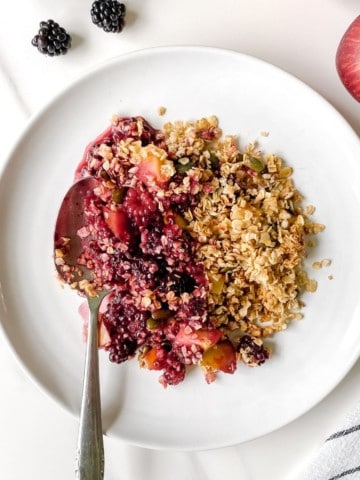
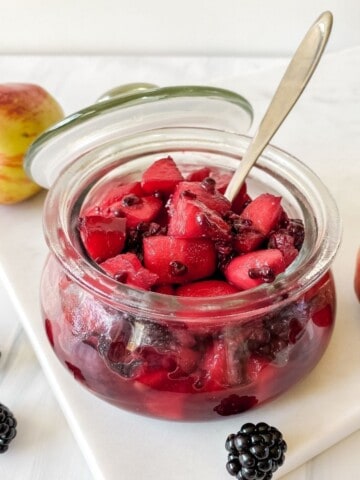
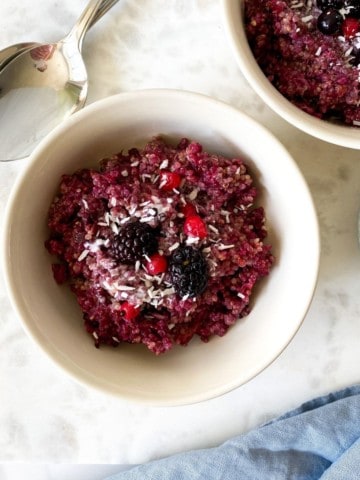
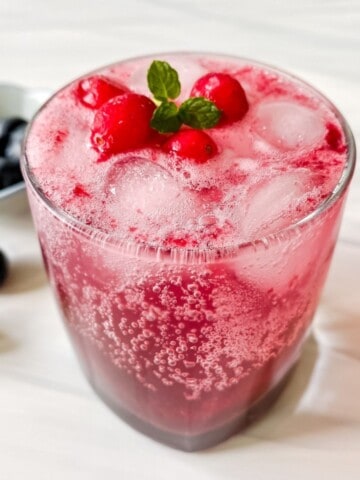
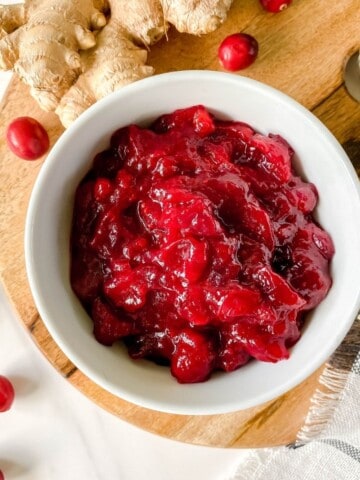
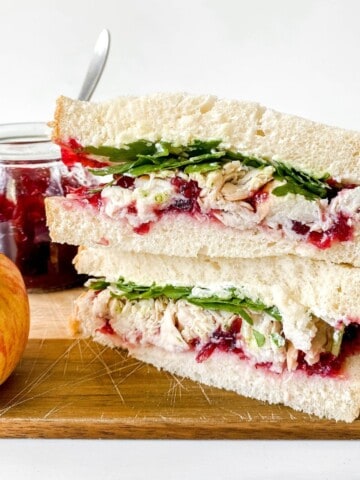
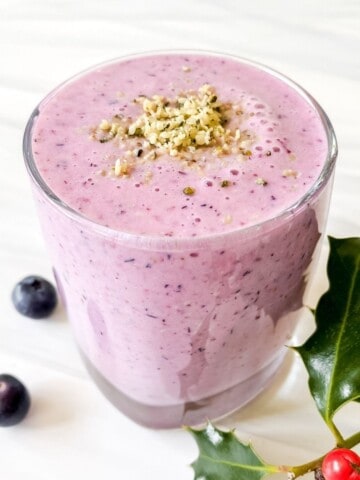
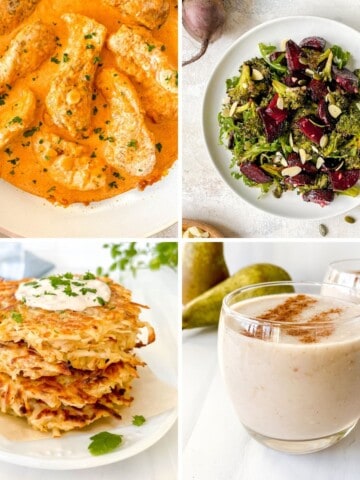
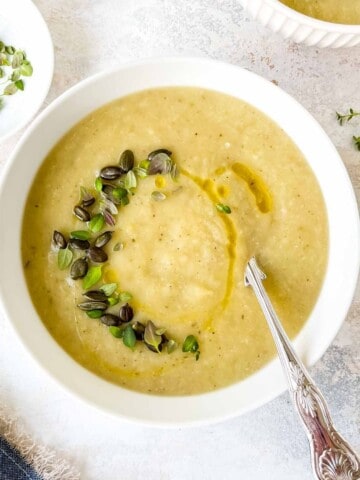
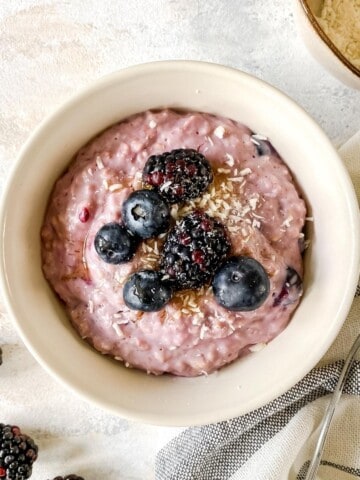
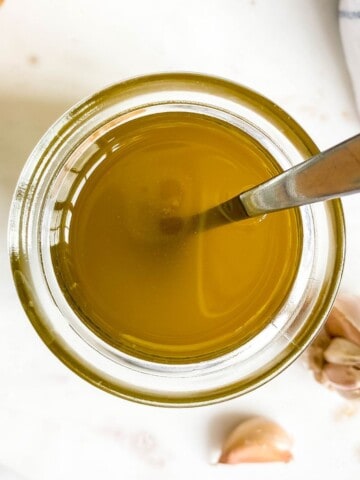
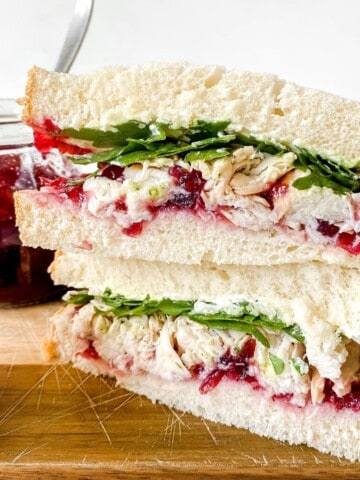


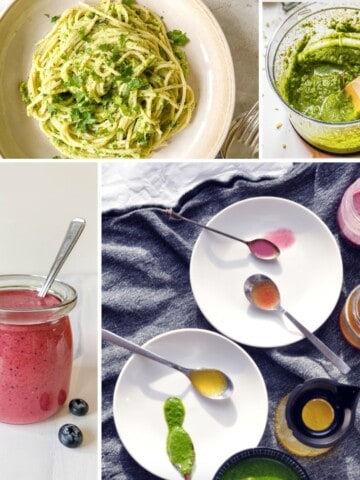
Comments
No Comments